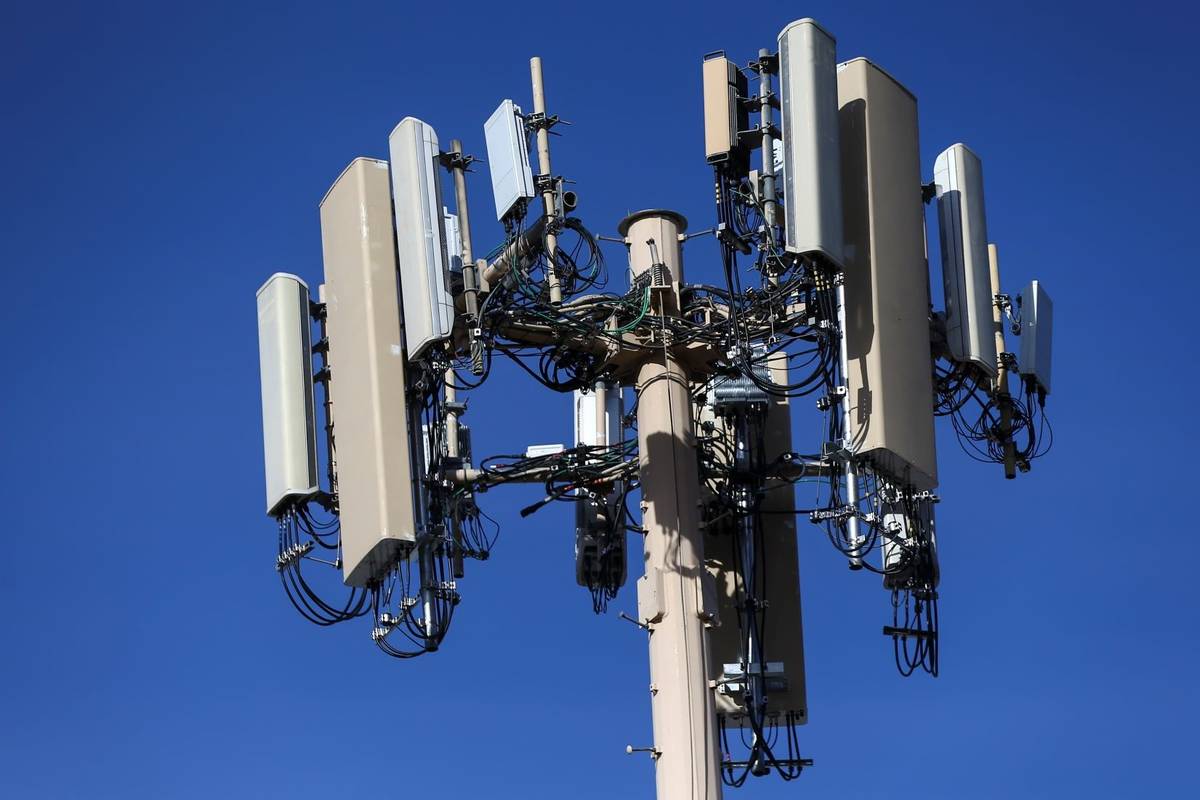Are usually safest distance from the 5G cell Tower system?

If you've ever been through a town you might have noticed tiny mini 5G cell towers on the poles of street lights. They look like little boxes, but they're actually broadcasting wireless signals from cellular providers to your phone.
The smaller ones are being replaced by larger specially-designed cell towers. While they're not as noticeable, they still can create problems for those who live nearby.
It is the Federal Communications Commission's Radiation Exposure Thresholds
The FCC's Radiation Exposure Thresholds establish the safe distance that an individual can be exposed to electromagnetic energy generated by wireless devices. The limits for exposure are based on scientific data which show that the energy of RF could cause harm to health.
The absorption rate specific (SAR) is an indicator of the amount of radiofrequency energy that is taken up by tissues. It is typically 1.6 watts per kilogram, calculated over one Gram of tissue.
However, because 5g transmits at higher frequencies, it has the potential to cause greater energy intensity on the skin and other exposed body parts. This can lead to various possible harms, such as an increase in formation of skin disorders such as dermatitis and cataracts and skin cancer.
Because of the potentially severe effects of 5g radiation , PSU has chosen to establish a general, localized maximum power density of four mW/cm2 averaged over 1 cm2, and not to exceed 30 minutes for all 5G services running at 3000 GHz. This limit for localization is in line with the peak SAR that is spatially averaged at 1.6 W/kg, which is averaged over 1 g of tissue at 6 GHz.
The FCC's Maximum Exposure Thresholds for Maximum Exposure
If you've ever used a cell phone, then you're aware that the safest range from the tower should be at least 400 meters away. This is because the transmitting power of a cell tower increases dramatically the further away your location from the tower.
While it sounds like a good idea but the truth is that people who live close to towers may actually be more susceptible to health problems. For instance, a 2014 study in India discovered that people living within 50 meters of cell towers had significantly more health complaints than those who were away from the antennas.
However, this study also showed that residents who moved into areas farther away from cell towers noticed their symptoms return to normal within a few days. Another study has shown that exposure to high amounts of electromagnetic field radiofrequency (EMFs) can lead to cancer, brain tumors as well as other health issues.
This is due to the fact that radiofrequency radiation, which is used in wireless communications, may penetrate the human body's outer layer of skin. This is important to understand since the skin functions as a shield against injuries caused by mechanical forces, infections caused by pathogenic microorganisms and entry of toxic substances. It is also the most important organ in the human body. It is accountable for maintaining the integrity of other organs.

The FCC's Minimum Exposure Thresholds
The FCC's Minimum Exposure Thresholds are based on a variety of assumptions that are not supported by scientific research. This includes the false assumption that short-term exposures to RF radiation are safe due to the limited radiation penetration in the human body (i.e. thermal heating of tissue).
The assumption is also ignoring the deeper penetration of the ELF elements of modulated radio signals and the consequences of short bursts of heat generated by RF waves that are pulsed. These assumptions do not correspond with current understanding of the biological effects of RF radiation. Therefore, they should not be relied upon for health-protection exposure standards.
Furthermore there is the fact that both ICNIRP and FCC restrict their exposure limits to local peak SARs based on the peak speed of spatial absorption (psSAR), which can be described as an inadequate dosimetric tool to assess the amount of radiation exposure. Particularly, psSAR is inaccurate when frequencies exceed 6 GHz. Additionally, psSAR hasn't been evaluated for RF radiation that is exposed to other environmental agents , such as sunlight. In cell phone radiation of interactions, RF radiation and other environmental agents could produce synergistic or antagonistic impacts. This could result in the risk of having adverse health adverse effects. For example, co-exposure to RF radiation with sunlight may increase the risk of developing skin cancer and exacerbate other skin diseases such as acne.
